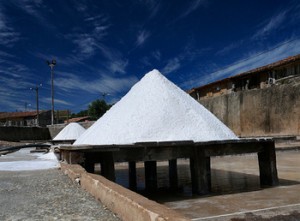 The buzz about sodium from salt makes it sound terrible, but in fact we need sodium to live.
The buzz about sodium from salt makes it sound terrible, but in fact we need sodium to live.
Sodium is one of two key electrolytes, along with potassium, that keeps fluids in balance between cells and the fluids outside cells, such as blood. The balance has to be maintained in order for cells to function properly, and to keep blood from being too concentrated or too dilute.
Sodium is the main electrolyte outside cells, while potassium is inside cells. Sodium is critical for maintenance of blood volume and blood pressure.
Sodium is the main electrolyte component of sweat. When a person sweats heavily due to high heat, fever or physical activity, sodium is lost in sweat. Sodium also helps with absorption of glucose, water and amino acids in the intestines.
Daily sodium intake is presented as Adequate Intake, rather than Recommended Intake.
Recommended Dietary Allowances for Sodium
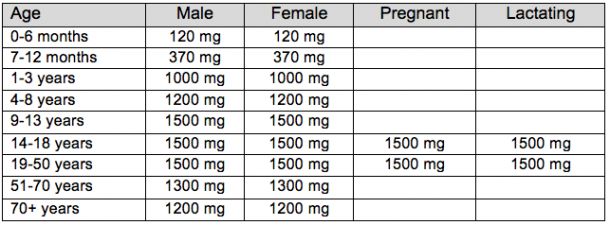
Which Foods Have Sodium?
Sauerkraut
Broth and bouillion
Cured meat products like bacon, ham, bologna and hot dogs
Soy sauce
Cheese
Salmon, smoked
Canned vegetables and beans
Canned tomato products
Pickles
In general, sodium from added salt is highest in commercially processed foods, such as snack foods, canned foods, frozen prepared meals, bakery products, sauces, fast food and soups.
Lower sodium versions of these are labeled as such. Fresh unprocessed foods, whether meats, vegetables, grains or fruit, are not naturally high in sodium.
What Happens If You Don’t Get Enough Sodium?
While most of the attention is focused on the potential problems caused by high sodium intake, inadequate sodium can be dangerous.
Deficiency is typically associated with sodium loss, such as severe diarrhea or vomiting, excessive sweating, kidney disease and the effects of certain medications like some diuretics.
Sodium loss combined with excess consumption of plain water could lead to hyponatremia, which is insufficient sodium in the blood. Symptoms can develop quickly and include headache, muscle cramps, disorientation, fainting and vomiting.
Fluid overload is another possible risk for hyponatremia. Athletes competing in long distance endurance events, such as marathons or Iron Man events can become hyponatremic, because sodium is lost in sweat.
If the athlete drinks only plain water, he or she can develop fluid overload, causing blood sodium concentration to fall to dangerous levels. Many athletes are advised to add salty foods to their diets before competitions.


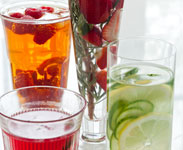 Are you ready to look better, feel more energized, and get back that youthful feeling you remember having as a kid? I can help you on a journey that will change the way you eat — for good. My
Are you ready to look better, feel more energized, and get back that youthful feeling you remember having as a kid? I can help you on a journey that will change the way you eat — for good. My 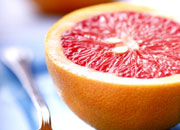


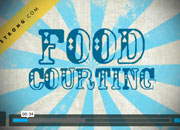
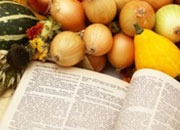
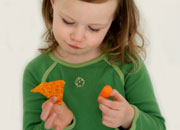






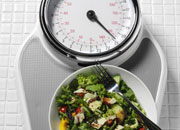


 As a healthy cooking expert, health coach and TV host,
As a healthy cooking expert, health coach and TV host, 

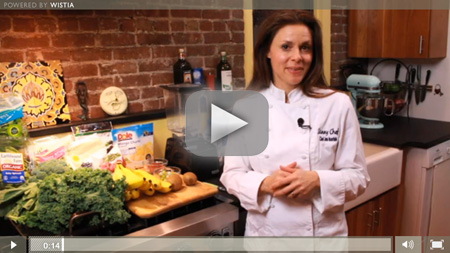
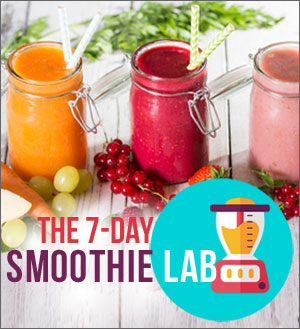
Speak Your Mind